Telemark skiing, unlike main alpine sports, have the opportunity to have a strong community. This is a subculture, a community of interest. A telemark community is like no other.
If you haven’t tried telemark and would like to, one thing you need to know is that there is absolutely no advantages to telemark. Technique is harder, equipment is as heavy or heavier and it’s more strenuous to name a few.
But once you try it, it’s a whole new story. The fun, the feeling, the flow are just out of this world. And the community is different.
Recently, at a telemark festival I attended in La Réserve, I met some newbies. Smile on their faces told the day they just had. They told me just how incredible the people were, sharing tips, helping them as they go. After so many years in the community, I had forgotten that it was something other riders don’t have. Perhaps the Freestyle Park Rats have the same, I honestly don’t know. But telemarkers really have a way to make it happen, to be accessible.
Then I looked around me. It was a telemark festival I had never been. I didn’t know most of the people around me. I realized that I had skied the whole day meeting people, going in crazy places, having fun without a second thought on this being normal or not. That moment, I really had a special feeling about all this: being a telemarker, sharing the sport I like.
The next week, two of my good friends were just back from a ski trip in Utah. The spark in their eyes was intense, the ski had been good. But far more, the people they met, where they got to go with locals, just because they were on tele, really stood out from their stories.
It made me remember my trip last winter to the Alps. The people I met were just incredible, the telemark scene was small but everybody knew each other, told stories, invited us for apres ski… I never thought French skiing would be like that. The mountains, the food, and most of all, the people I met.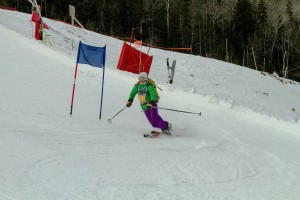
Last weekend was the Rendez-Vous Telemark at my local mountain, Le Massif. It was my turn to welcome people. You then realize that you want to give back as much as you can. Get people to have a great experience. Unfortunately this year, mother nature was not on our side and the skiing was not the greatest. But the weekend was still great. What really made the difference was this community, the warmth of the people at the event, the awesome after party. People shared more than the daily experience and they were easy to speak too. And again I met some folks who weren’t used to all this. It was my turn to smile.
I can’t wait for the next rendez-vous, Absolute Telemark will be at a few more during this season.
What is your favorite cultural story on telemark? Share it below.
Don’t forget to subscribe to our free email updates.




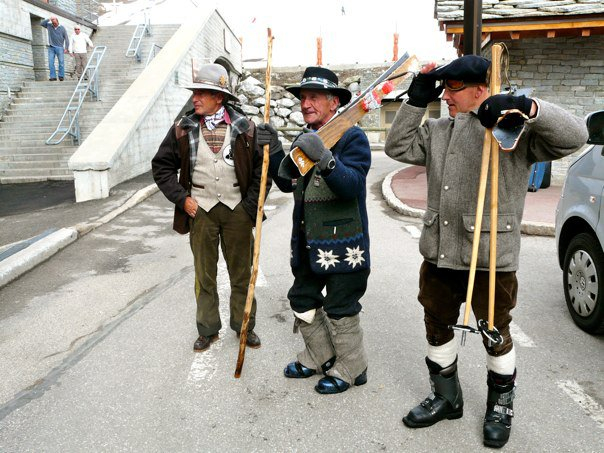
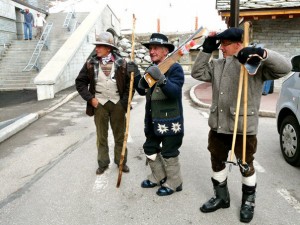


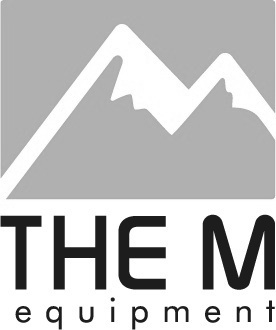


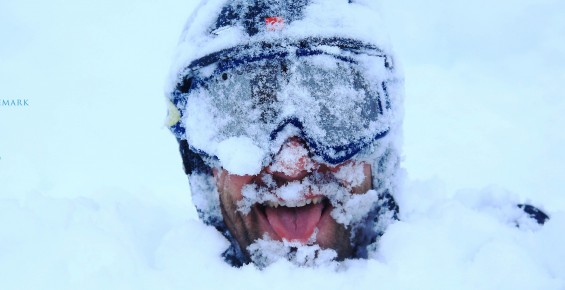
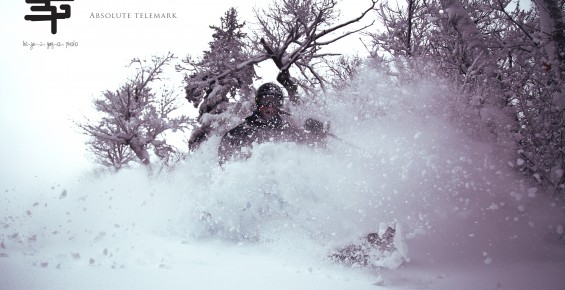

What others think about it